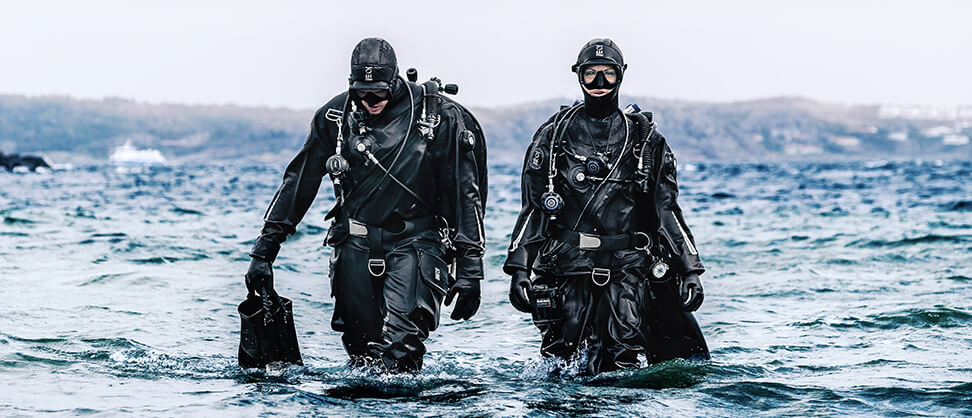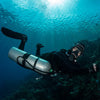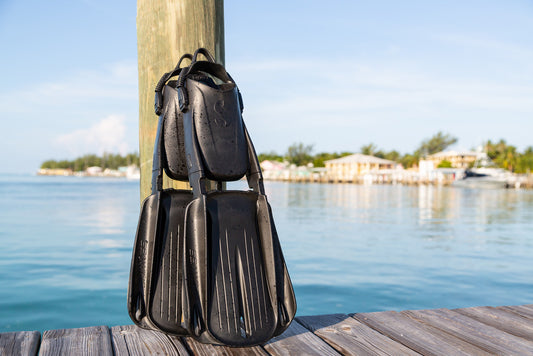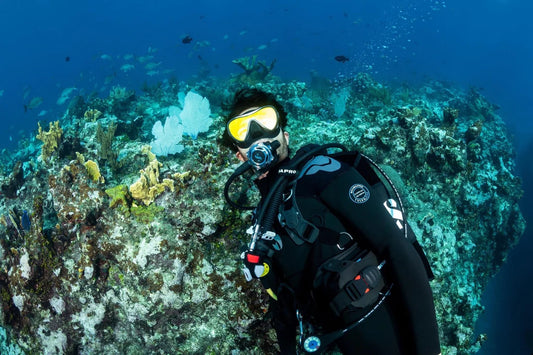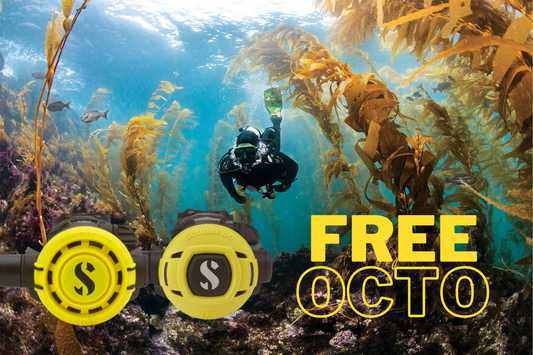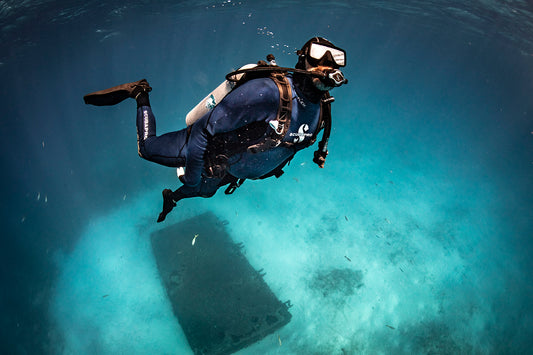In 1999 after a dive in Sharm el Sheikh, Jim Standing and Paul Strike chewed the fat over a post dive bevvy. Their vision was to design better thermal clothing in order to get more enjoyment from cold water diving. “Equipment For Adventure” became their slogan and as time went on, they chose to put the ocean at the heart of their business. As well as stylish, durable and warm clothing, Fourth Element now engineer the latest in fabric technology.
Initially the company raised money for ocean conservation charities from t-shirt sales and gave financial support to volunteer ghost-fishing recovery teams, but in 2014 the OceanPositive range was launched. The recycled ghost nets they had helped remove from the ocean were turned into a yarn called ECONYL® for a swimwear and rashguard range. Fourth Element were the driving force behind Mission 2020 and encouraged the dive community to pledge sustainable business practices.
All Fourth Element packaging is either compostable or recyclable, made from the natural world or from recycled goods; they have a long list of team divers and ambassadors who are ocean advocates; many of their products are now made from materials that have come from recycled post-consumer waste, and they plan to re-engineer the existing product range to be as eco-friendly as possible. Below is a (not exhaustive) list of the Fourth Element environmental successes:
- The Surface Wetsuit is made from Yulex Pure ™ - a natural rubber that comes from sustainably grown and harvested plants. Only water-based glues or inks are used in its production
- The Carbon Black in the Xenos and Proteus2 wetsuits is made from scrap tyres
- The Thermocline range uses the same ECONYL ® yarn as the OceanPositive products and is 78% recycled nylon
- X-Core clothing is composed of REPREVE ® which includes plastic bottles and is 76% recycled polyester
- Polartec ® products don’t use any harmful chemical in the manufacturing process and all waste water is treated before being released from the factory
- The Storm Poncho uses S.Cafe ® where used coffee grounds are embedded in the recycled yarn surface
- The outer part of many Fourth Element shoes is 100% recycled rubber
- The Rock Hopper shoe uses 6 plastic bottles in its manufacturing process, Hydroskins recycle 7, shorts recycle 8 and the Hydro-T uses 4 of them
- The Full Life T-shirt collection is organic cotton which is grown without chemical pesticides
Today consumers are making more environmentally conscious choices and thus Fourth Element is ensuring a more sustainable business. Their only regret is that they didn’t start earlier!
